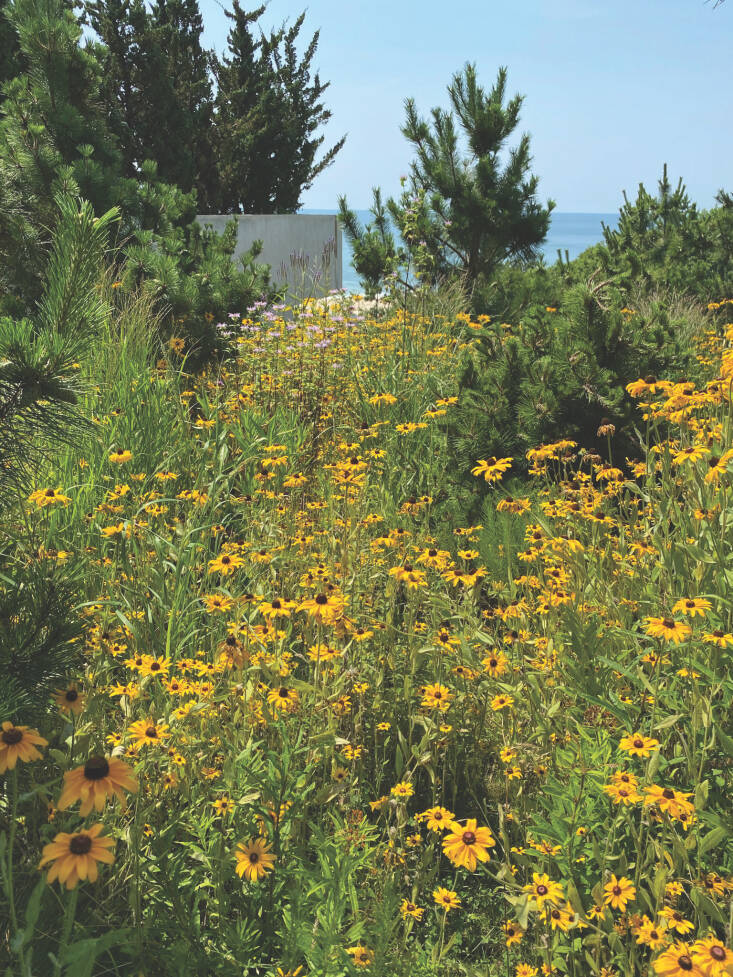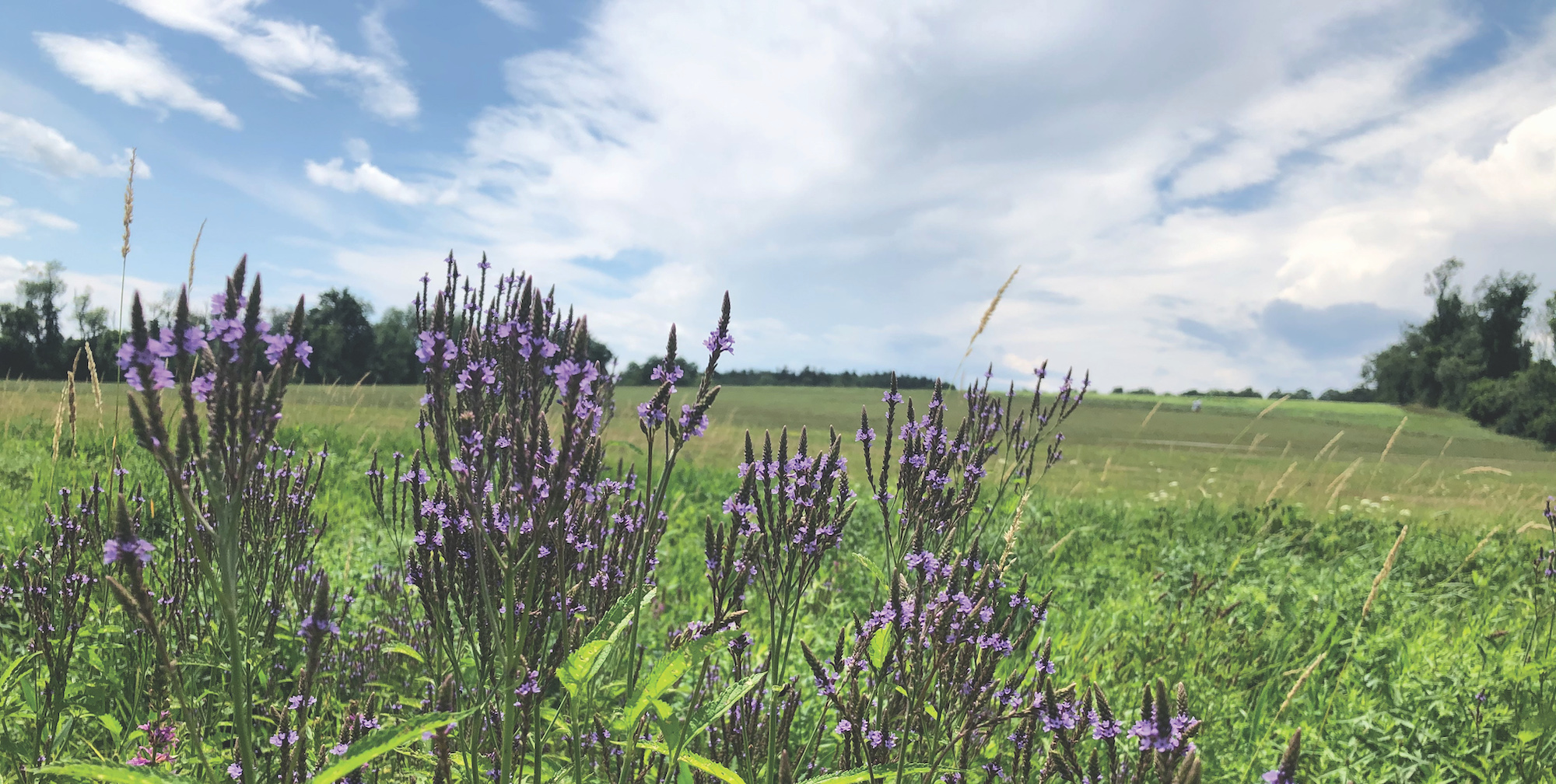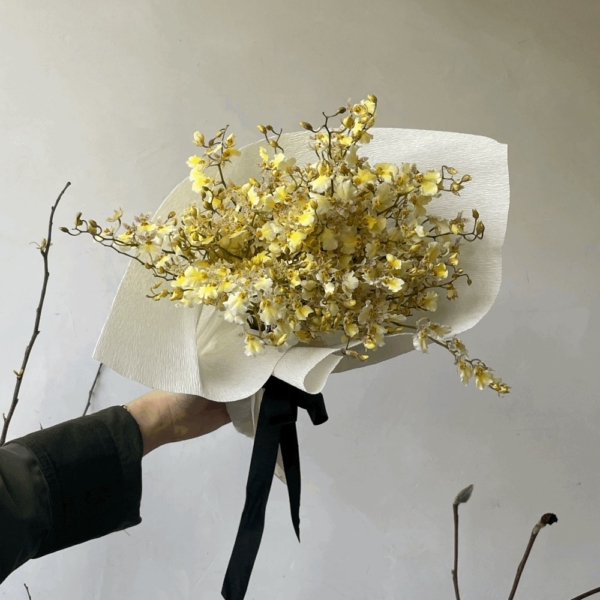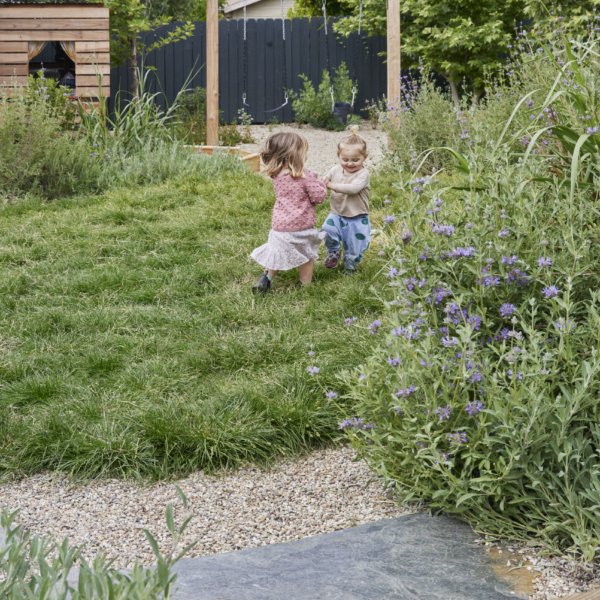This is the first of an ongoing series with Perfect Earth Project, a nonprofit dedicated to toxic-free, nature-based gardening, on how you can be more sustainable in your landscapes at home.
This morning in my family’s garden, we found two monarch caterpillars sporting their jaunty yellow, black, and white stripes munching on some milkweed. Overhead a song sparrow trilled. It’s been about five years since we started filling the small beds with native plants, and we’ve noticed a big change. What was once a generic garden full of sterile cultivars is now a hive of activity. I couldn’t be happier, but, also, I know there’s more to do for this ecosystem, and more discoveries to uncover. Through my work with Perfect Earth Project, I’m deepening my knowledge of how to garden sustainably, specifically the principles of nature-based gardening.
Simply put, nature-based gardening means working hand-in-hand with nature, not trying to tame it into submission by clipping, mowing, and spraying it to fit an outdated notion of beauty. As Perfect Earth founder Edwina von Gal says, “Stop putting your garden into shapewear.” Instead, work with nature: Nurture your soil. Grow the plants native to your region and allow them to flourish without chemicals. Provide habitat for wildlife (humans aren’t the only inhabitants here). Plant a keystone tree (or ten!). You’ll be amazed, I promise, at the beautiful, bustling, and interesting environment that almost magically appears. As Joy Harjo writes in the poem “For Keeps,” “Sun makes the day new. / Tiny green plants emerge from earth. / Birds are singing the sky into place. / There is nowhere else I want to be but here.”
Here are Perfect Earth’s principles of nature-based gardening.

1. Grow native plants.
They need so little, and they give so much. Aim for at least two-thirds in your yard.
2. Remove invasives.
Get rid of the non-native plants that are taking over our landscapes and outcompeting native plants.


